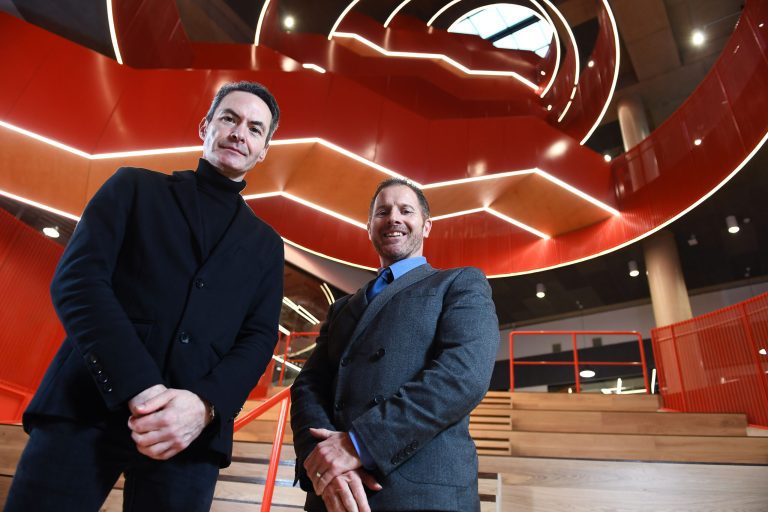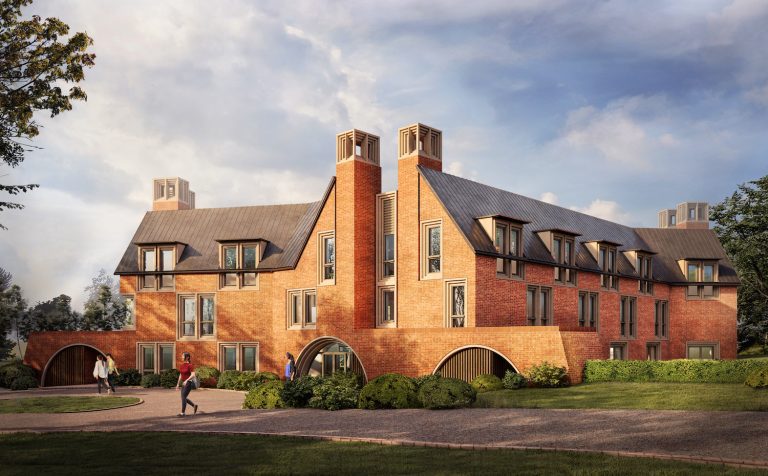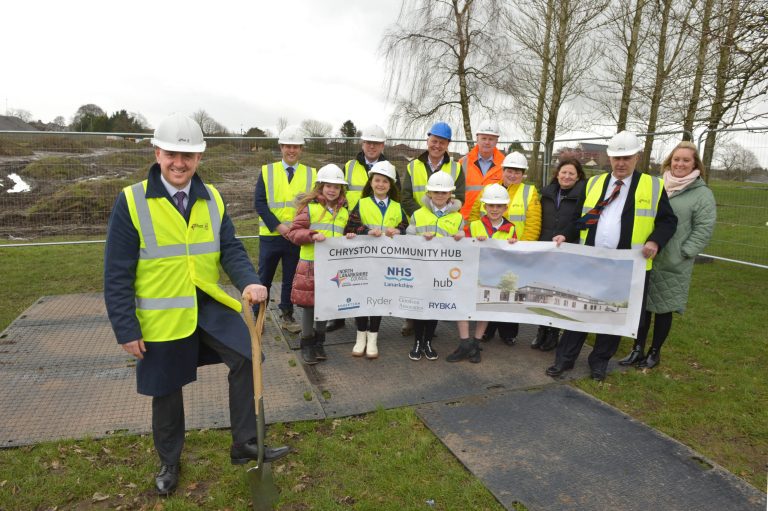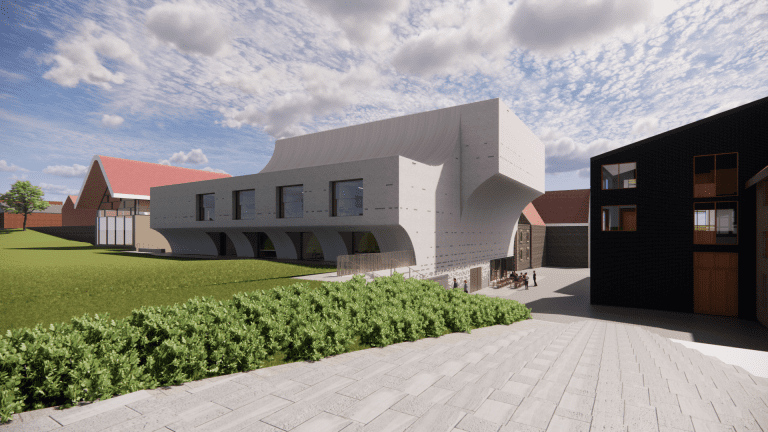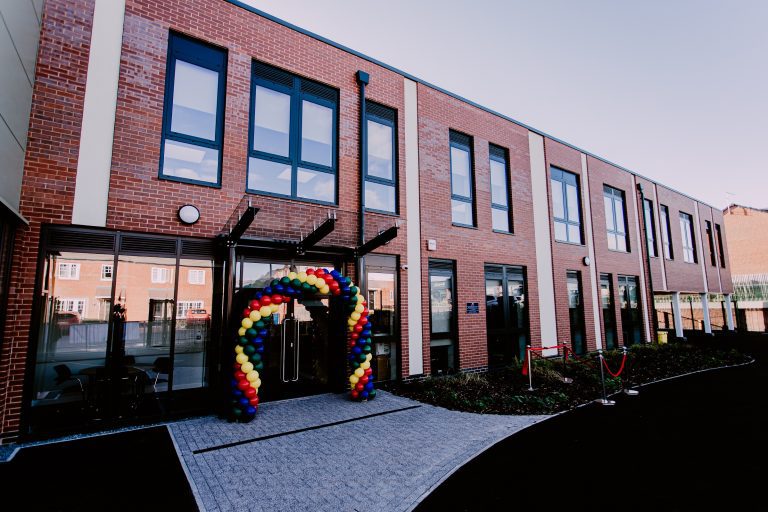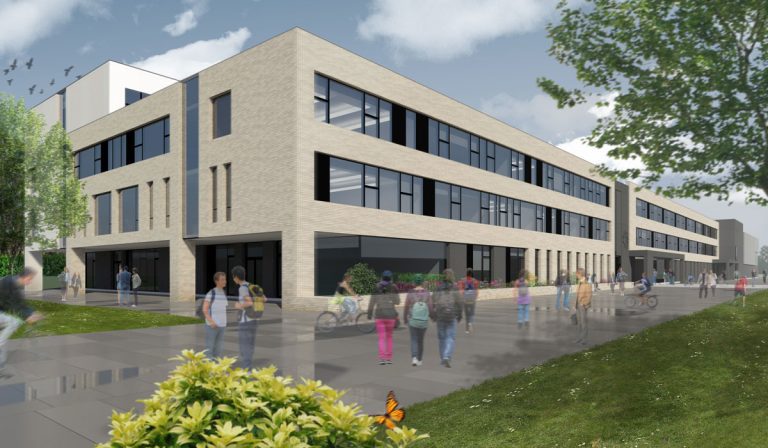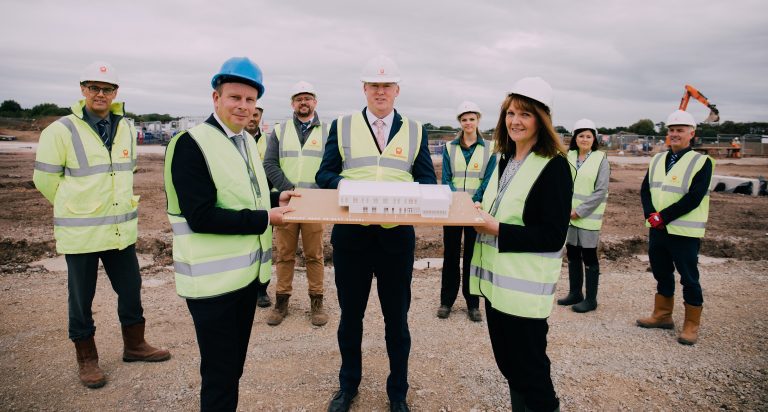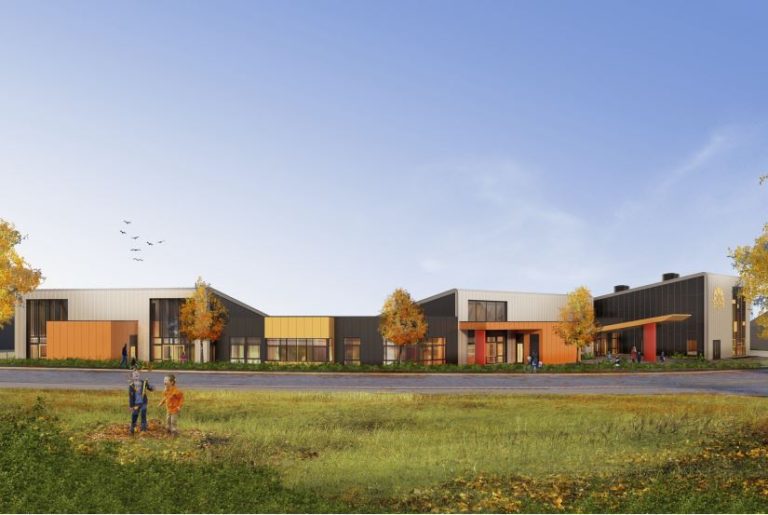R G Carter has completed the £11.4 million Digi-Tech Factory at Norwich City College which brings together the college’s digital skills provision into a single, purpose-built space, allowing the college to significantly increase the number of students and apprentices studying digital courses. City College Norwich, New Anglia LEP, and Norwich City Council (through the Department for Levelling Up, Housing and Communities’ Towns’ Fund) have collectively invested £11.4m in the Digi-Tech Factory as a direct response to a key skills priority for Norfolk and Suffolk. Growth in the UK’s digi-tech sector has significantly outstripped that of the wider economy and that trend is set to continue. New Anglia Local Enterprise Partnership wants to see more of the £100bn worth of economic output nationally being generated in the region – with its Strategic Economic Plan forecasting a need to fill 10,000 vacancies in the digi-tech sector by 2024. The importance of digital skills extends far beyond the digi-tech sector itself, with digital skills increasingly being required throughout the rest of the economy too. Designed by Coffey Architects and in collaboration with Pro:works, R G Carter has constructed the four storey building which is now equipped with £750,000 worth of the latest computer technology. Mario Rackham, Director and General Manager, R G Carter, said: “This cutting-edge building symbolises magnificently the forward-thinking and progressive digital study and discovery that will take place within it and we are thrilled to play a part in enhancing and developing the digital skills of people in Norwich and Norfolk.” Over 60 miles of cable have been installed throughout the building and 220 tonnes of steel were used to construct the factory. It is connected by two walkways to the award-winning Creative Arts Building, encouraging the natural cross-over and collaboration between the college’s University of the Arts London creative arts courses – including art and design, media production, graphic design, music, and photography – and digital skills training. Corrienne Peasgood OBE, Principal, City College Norwich, commented: “The Digi-Tech Factory will play a key role in enabling us to deliver innovative, industry-standard learning, and a digital skills curriculum developed with substantial input from employers. “It’s been brilliant seeing how the new building has been received by our lecturing staff, students, and apprentices, during the first weeks of term, and the difference this is already making to the teaching and learning of a wide range of digital skills. Jon Bonham, Director of Estates and Facilities at City College Norwich added: ‘We are delighted with how the build has gone and with the finished result, which has delivered on the crucial technical specifications as well as creating a stunning, state-of-the-art teaching and learning environment for the college’ Seven former City College Norwich students currently employed by R G Carter worked on the construction of the Digi-Tech Factory, including Assistant Project Manager, Ed Carr and Director and General Manager, Mario Rackham. In addition, four current construction students gained a combined 1,184 hours of work experience with R G Carter on site and the company donated 4,400 bricks to bricklaying students at the college.
